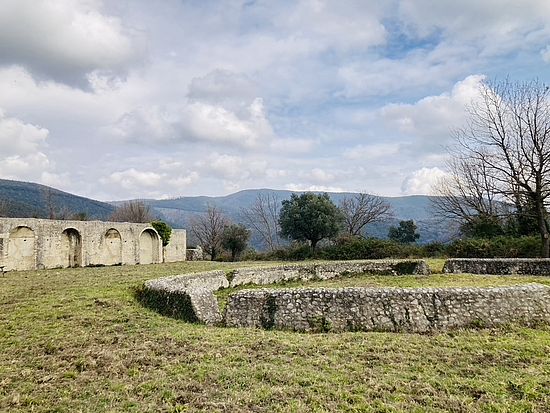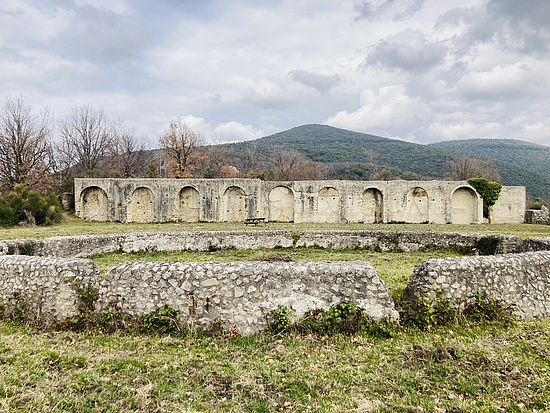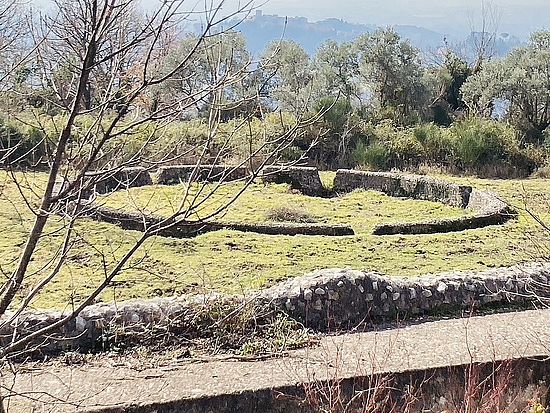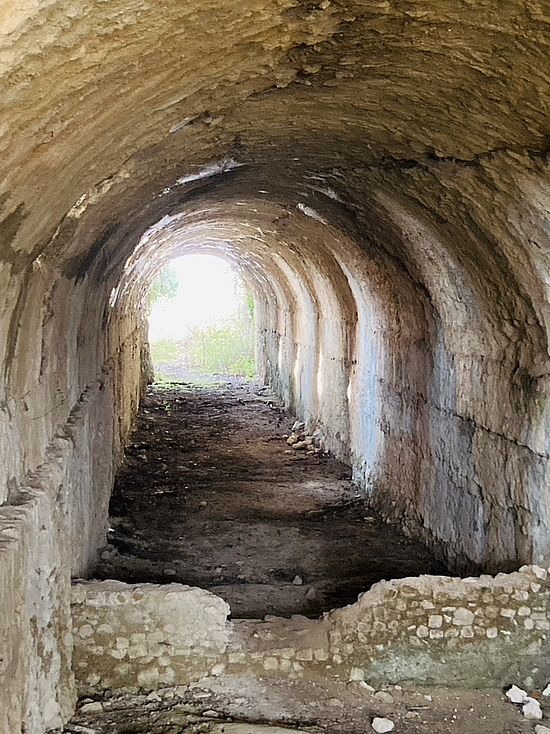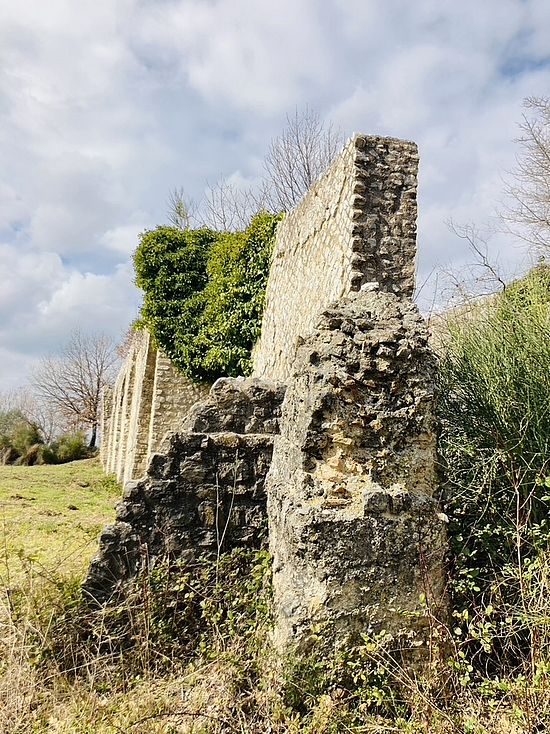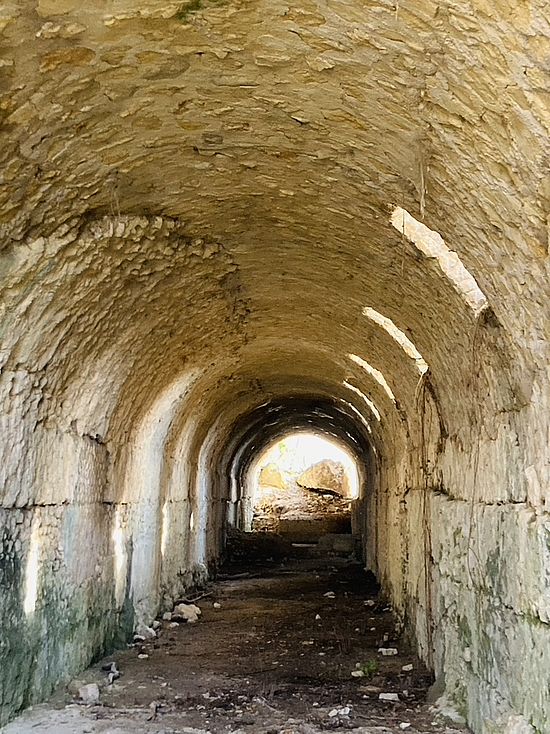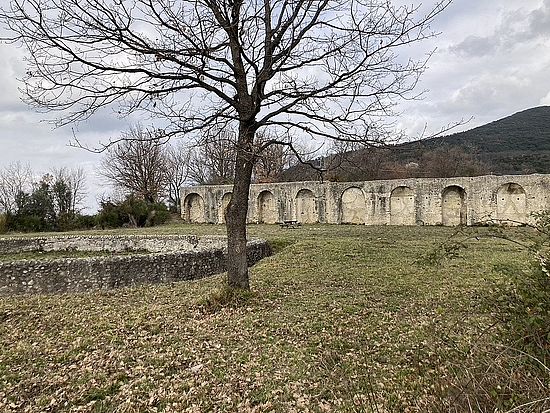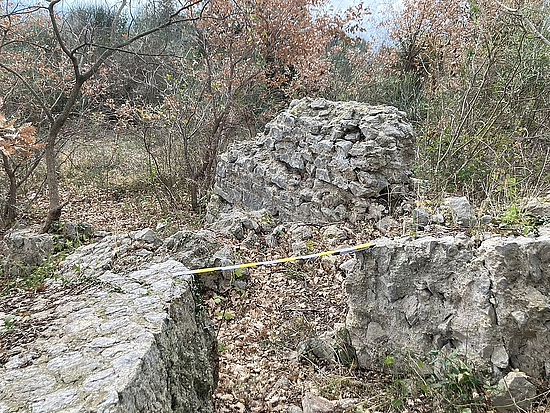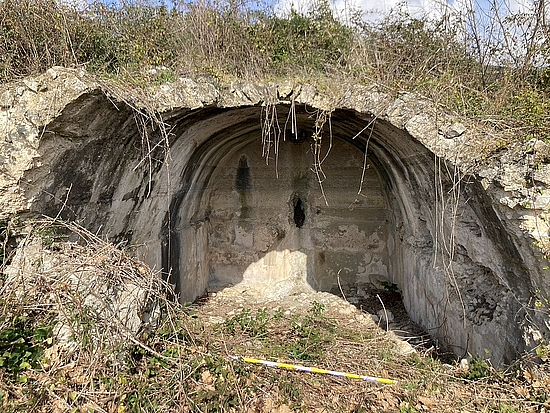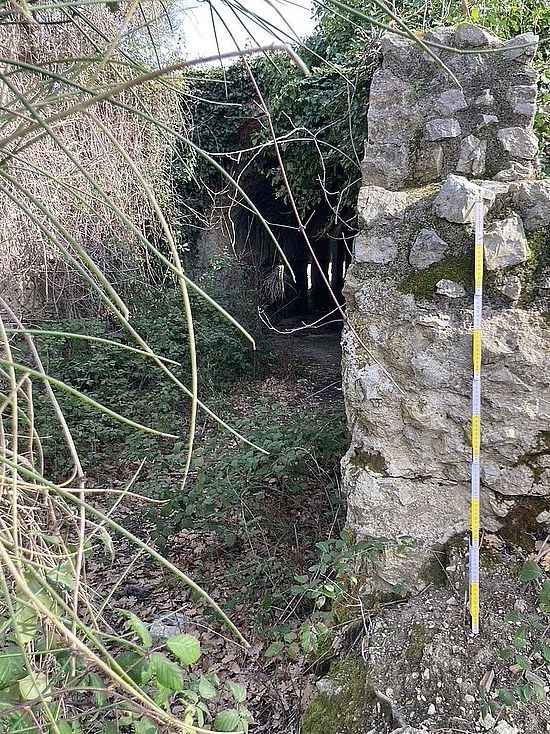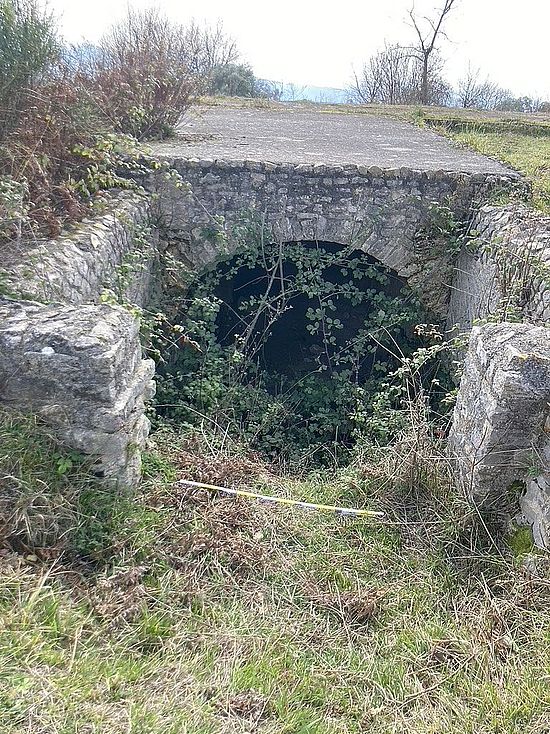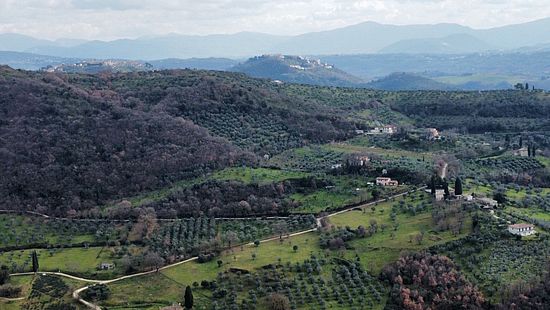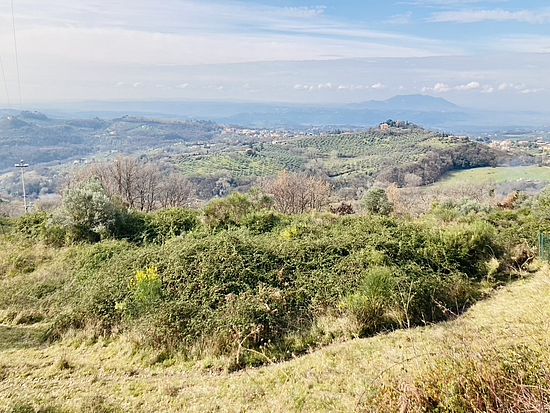Project
The Villa dei Casoni Research Project explores the long-term environmental history of rural estates in central Italy, with a particular focus on land use, climate change, agricultural transformations, and water management. Our interdisciplinary approach combines archaeology, paleoenvironmental studies, and historical research to reconstruct the economic and ecological dynamics of the villa and its surrounding landscape from pre-Roman times through late antiquity.
One of the central goals of the project is to investigate the continuity and transformation of land-use patterns in the Sabina. The region, with its deep historical roots and strategic position along major trade and military routes, offers an ideal case for studying how Roman agricultural estates adapted to climatic and economic fluctuations over time. We employ a range of non-invasive methods, including geophysical prospection (ground-penetrating radar, magnetometry), GIS-based mapping, and drone-based photogrammetry, to analyze the villa’s architectural remains and agricultural infrastructure. Soil analysis and paleoecological sampling provide insights into ancient farming techniques, irrigation systems, and the impact of environmental changes on rural production.
A key focus is on the second-century agricultural transition, when many estates in central Italy saw a shift away from intensive grain and olive oil production toward viticulture and livestock farming. This transition, often linked to the end of the Roman Climatic Optimum and the economic pressures of the Antonine period, had profound consequences for rural economies and settlement patterns. Villa dei Casoni, with its combination of elite residential features, extensive water infrastructure, and agricultural annexes, provides an ideal site to examine these developments.
Beyond its specific historical and archaeological significance, the project contributes to larger discussions on the sustainability of ancient agricultural systems and their long-term environmental impact. By integrating historical, archaeological, and paleoenvironmental data, we aim to reconstruct how Roman estates adapted to environmental stressors and economic shifts—offering a comparative framework for understanding resilience and change in rural landscapes over the long durée.
We thank Stephan Korom for the pictures taken on the site (11/02/2025).


















